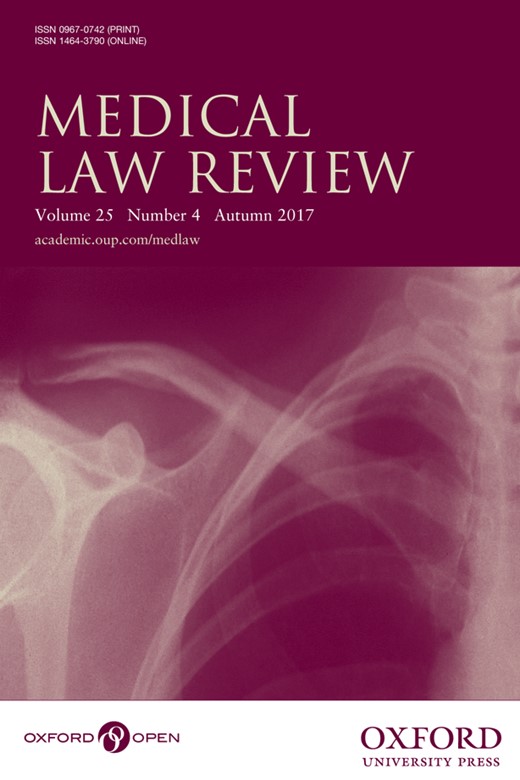-
Views
-
Cite
Cite
Jonathan Herring, Kmw Fulford, Michael Dunn, Ashoki Handa, Elbow Room for Best Practice? Montgomery, Patients’ values, and Balanced Decision-Making in Person-Centred Clinical Care, Medical Law Review, Volume 25, Issue 4, Autumn 2017, Pages 582–603, https://doi.org/10.1093/medlaw/fwx029
Close - Share Icon Share
Abstract
The UK Supreme Court Montgomery judgment marks a decisive shift in the legal test of duty of care in the context of consent to treatment, from the perspective of the clinician (as represented by Bolam rules) to that of the patient. A majority of commentators on Montgomery have focused on the implications of the judgment for disclosure of risk. In this article, we set risk disclosure in context with three further elements of the judgment: benefits, options, and dialogue. These elements, we argue, taken together with risk disclosure, reflect the origins of the Montgomery ruling in a model of consent based on autonomy of patient choice through shared decision-making with their doctor. This model reflects recent developments in both law and medicine and is widely regarded (by the General Medical Council and others) as representing best practice in contemporary person-centred medicine. So understood, we suggest, the shift marked by Montgomery in the basis of duty of care is a shift in underpinning values: it is a shift from the clinician’s interpretation about what would be best for patients to the values of (to what is significant or matters from the perspective of) the particular patient concerned in the decision in question. But the values of the particular patient do not thereby become paramount. The Montgomery test of duty of care requires the values of the particular patient to be balanced alongside the values of a reasonable person in the patient’s position. We illustrate some of the practical challenges arising from the balance of considerations required by Montgomery with examples from surgical care. These examples show the extent to which Montgomery, in mirroring the realities of clinical decision-making, provides elbowroom for best practice in person-centred clinical care.



